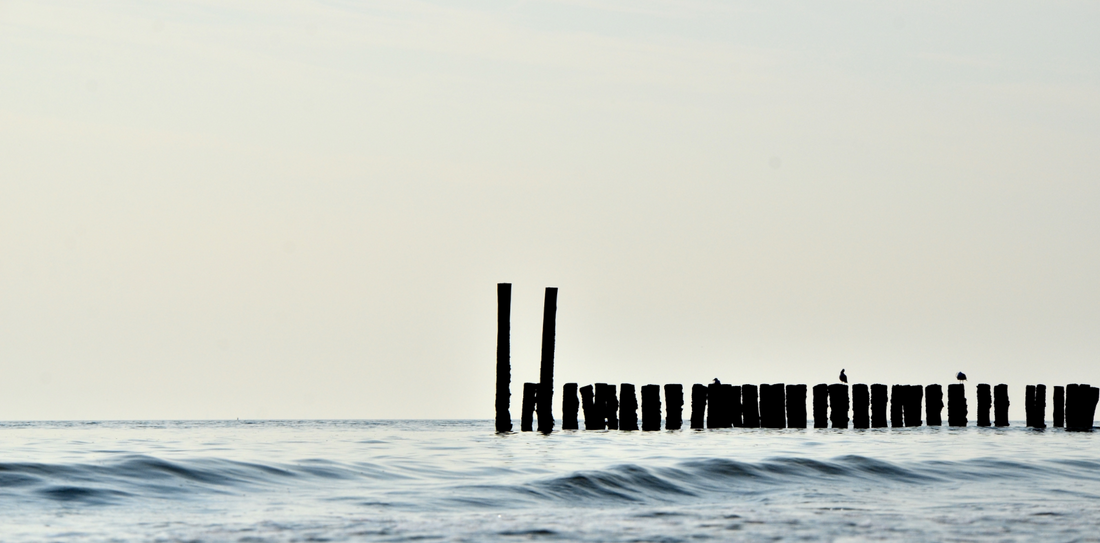If you’re just getting started off in the world of surfing one major factor you always have to take into consideration is the ocean. She’s a beautiful thing but also unforgiving if she wants to. So to make sure you’re prepared and informed of what’s going on you can always take a look at the surf forecast. Reading surf forecasts is vital if you want to have the best surf possible. A simple google with the location you’re looking at with surf forecast will take you to a number of websites giving their forecast. Like with weather they aren’t always right, but still a good guide.
If you really want to get into it you can look at swell and tide graphs yourself, but those take a little more understanding to use. So most Surf forecasts will give you five major factors to consider. Swell size, direction and period, wind direction and speed, high and low tide times. Sunrise and sunset times and water temperature. Reading surf forecast is the next step, here's where to start.
Swell
Starting with swell, the swell height doesn’t give you the height of the waves crashing on shore, but they are correlated. The actual size of the waves depend on swell size as well as period. The swell period is the time between wave peaks, so the longer the time the bigger the waves. Period is denoted with @ X sec (x being the specific period). Period time changes with storms, so for beginners you probably want to stay at around 12 seconds or lower and 5 ft or lower.
Wind
The wind affects the quality of your waves. The most preferable is an offshore wind where the wind comes from inland and blows out to sea. This wind will give you neater, glassy waves. While onshore winds are the worst, they make the water bumpy, and don’t let waves form as nicely to surf. Wind travelling parallel to the beach creates little waves perpendicular to the normal waves, also making conditions less preferable. Once again wind speed also affects conditions, the stronger the winds the less preferable.
Tide Times
The high and low tide times are important considering what you’re looking for. For a complete new beginner with a foamie low tide may be preferable as you will be able to go out farther walking rather than paddling. However if you’ve moved past the whitewash you will want high tide to begin with, since with low tide the water is shallower, making it easier for a wave to smash your board on the ground and essentially wreck it.
Sunset and Sunrise
This is more common sense, unless you’re looking to try your luck in the dark (definitely not recommended) you’ll want to wait until after sunrise or before sunset to head out.
Water Temperature
This is good to know if you’re debating whether to bring a wetsuit or not as well as what kind of wax to use on your board. It is important to use the right kind of wax to make sure it lasts throughout your session. So you should be able to see the importance of reading surf forecasts.
Also learn how to read the waves, some important surf etiquette, and why surfing is so beneficial for everyone.

